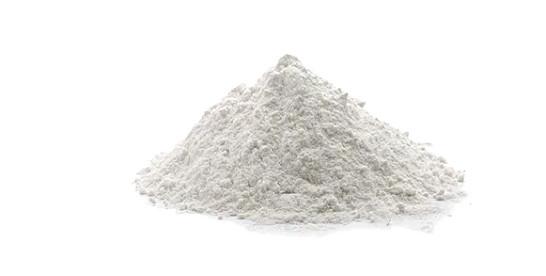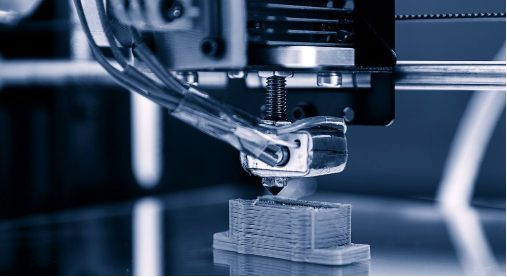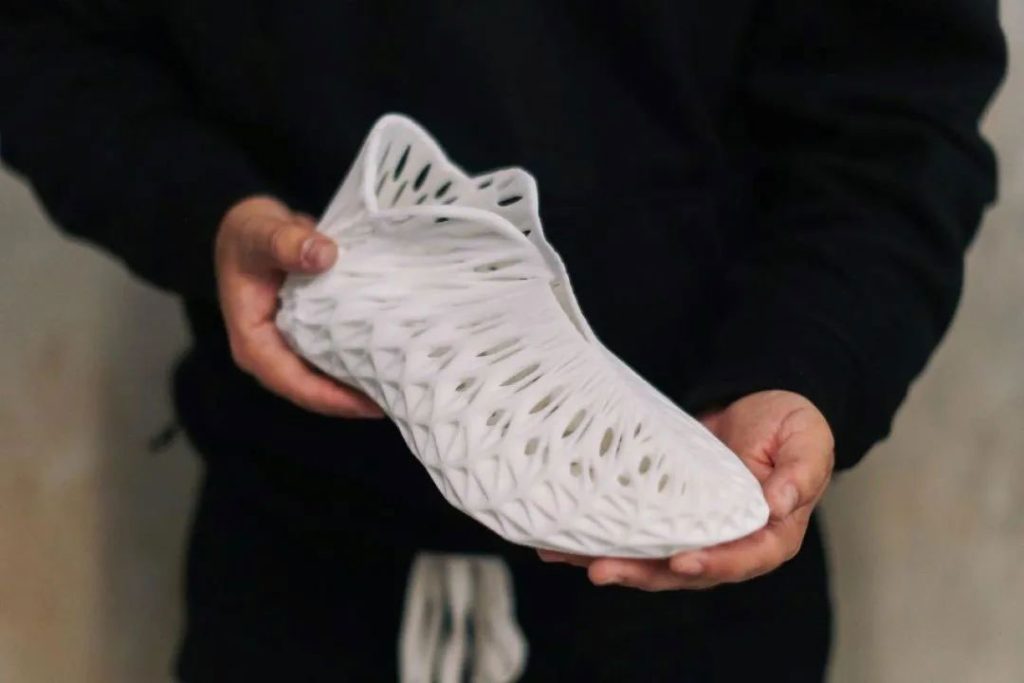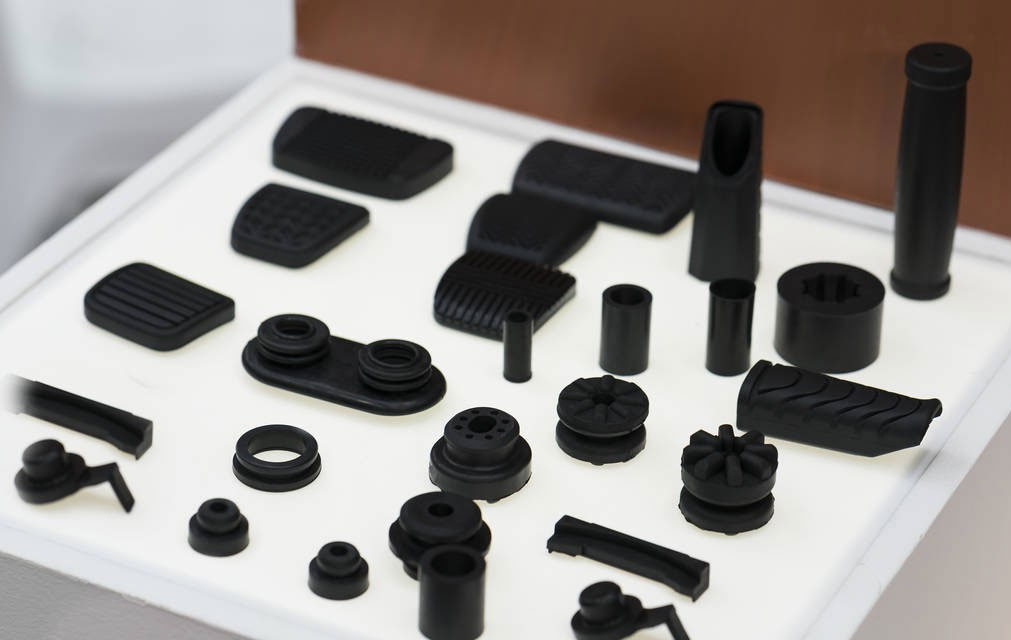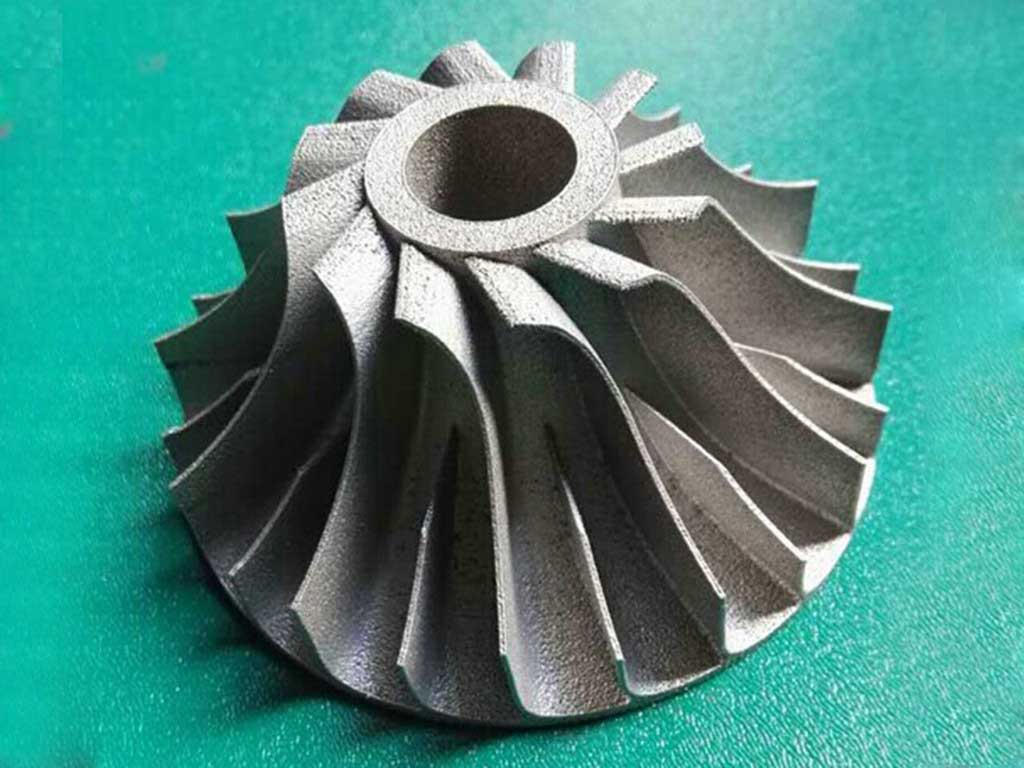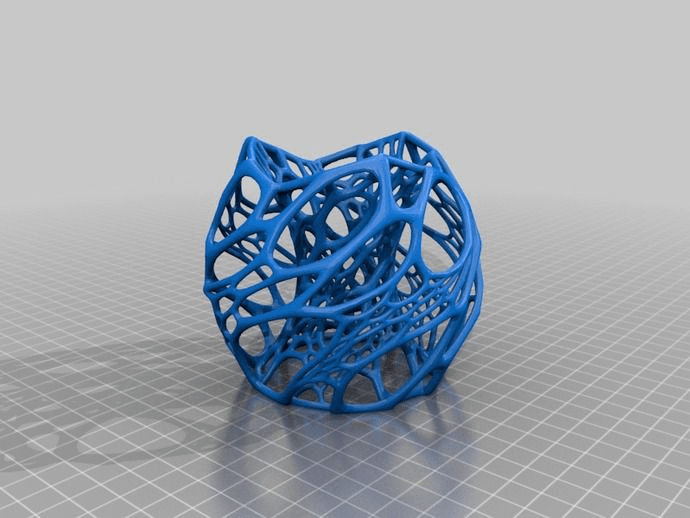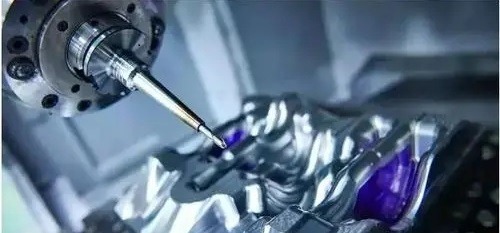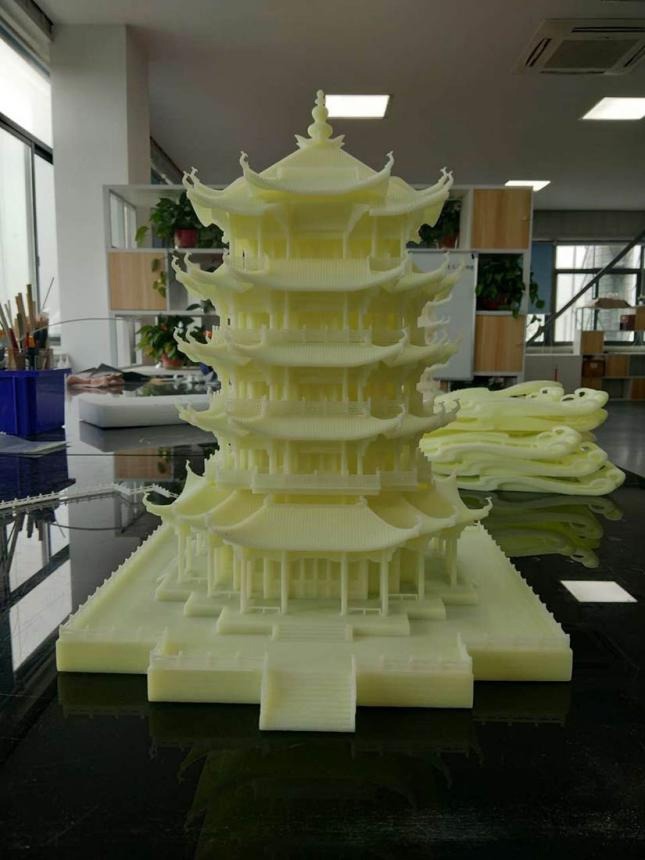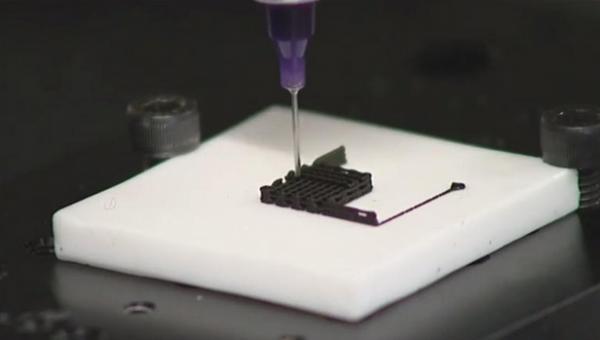Three materials—PLA, ABS, and nylon—are necessary for 3D printing. Manufacturing and prototyping have always relied heavily on 3D printing, and they will continue to do so. Nobody is surprised that technology has during the past ten years transcended corporate boundaries and into the homes of regular customers, from tech enthusiasts to nascent DIY enthusiasts.
Let’s examine some of the more well-known and conventional filaments, including PLA, ABS, and Nylon.
Describe PLA.
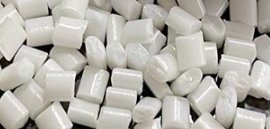
A polymer called PLA (Polylactic Acid) is made from renewable resources like sugarcane or cornstarch. One of the most well-liked bioplastics, PLA is biodegradable under the correct circumstances and is ideal for a number of uses, from plastic cups to medical implants. It has a more pleasant smell (if any) because it is made using food starches, making it the safe option for usage indoors.
PLA is a fairly inexpensive 3D printing material when compared to many others. Although PLA doesn’t take high temperatures or severe stress as well as ABS and other materials like nylon, it is simple to print with and has a higher rigidity than those materials. Although PLA is more stronger than ABS and nylon, it’s not very heat or chemical-resistant.
The precise printer and project will determine the print temperature range for PLA, however the accepted standard is between 185°C and 225°C. One disadvantage of PLA is that it must be kept below 45°C after printing. Therefore, when left in a car on a hot summer day, printed pieces will distort.
Describe ABS.
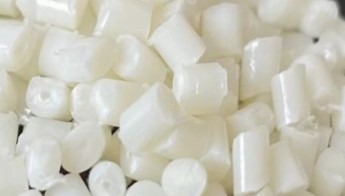
ABS is used in a variety of real-world products, such as toys (like LEGO bricks), electronic housings, automobile parts, home appliances, and much more.
ABS offers greater mechanical qualities than PLA while also being lighter and more impact-resistant up to a point. But it’s more difficult to print with and frequently needs higher temperatures to work. Operators of 3D printers should be aware that the manufacturing process for ABS might result in the production of potent scents.
Describe Nylon.
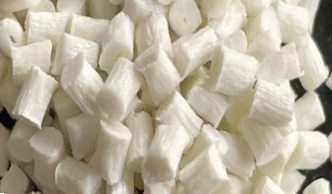
Another specialty filament that is a high-end engineering thermoplastic, in addition to PLA and ABS, is nylon. It is best suited to professional users who want to print small machine parts like gears because of its great toughness and durability.
Nylon is suitable for industrial applications like as machine parts or tools, or the replacement of vehicle parts since it has greater strength and elasticity than PLA and ABS. It is a wonderful filament for creating pieces that can be drilled, tapped, or screwed. Users can also dye the filament in any colors to increase its adaptability; but the dying must be done before printing.
Nylon does have some disadvantages, such as the filament’s susceptibility to dampness. Keep the spool fully dry and away from damp areas if you want to print accurately with nylon; otherwise, it causes a mess.
What Makes PLA and ABS Different from One Another?
How accurate are PLA and ABS parts?
PLA is less likely to warp (when properly cooled) and is easier to print. Compared to ABS, PLA allows the printing of finer details and corners.
PLA and ABS’s heat resistance varies.
ABS is used over PLA for applications requiring higher temperatures. As PLA gets closer to 60°C, it can quickly lose its structural integrity and start to droop and distort, especially if it’s carrying a greater load.
How robust are things made with PLA and ABS?
Because of their comparable tensile strengths, PLA and ABS are excellent choices for many prototype applications. Due to its increased ductility over PLA, designers and engineers frequently favor ABS. In comparison to PLA, ABS offers greater flexural strength and better elongation before breaking.
If you don’t intend to subject your custom parts to a lot of physical stress, PLA is generally a fine choice (or UV radiation and high temperatures). Compared to PLA, ABS is more suited for industrial applications and can withstand physical stress.
How quickly can PLA and ABS be printed?
ABS and PLA print at almost the same rates. As a result, you can transition between materials without having to adjust the speed settings on your FDM machines.
PLA and ABS both biodegrade, right?
PLA is stable under normal air conditions, however it degrades in industrial composters in 50 days and in water in 48 months. Although ABS cannot degrade, it can be recycled.
JTR can provide a variety of 3D printing services. If you have drawings that you want to carry out industrial 3D printing, please contact us to serve you.


